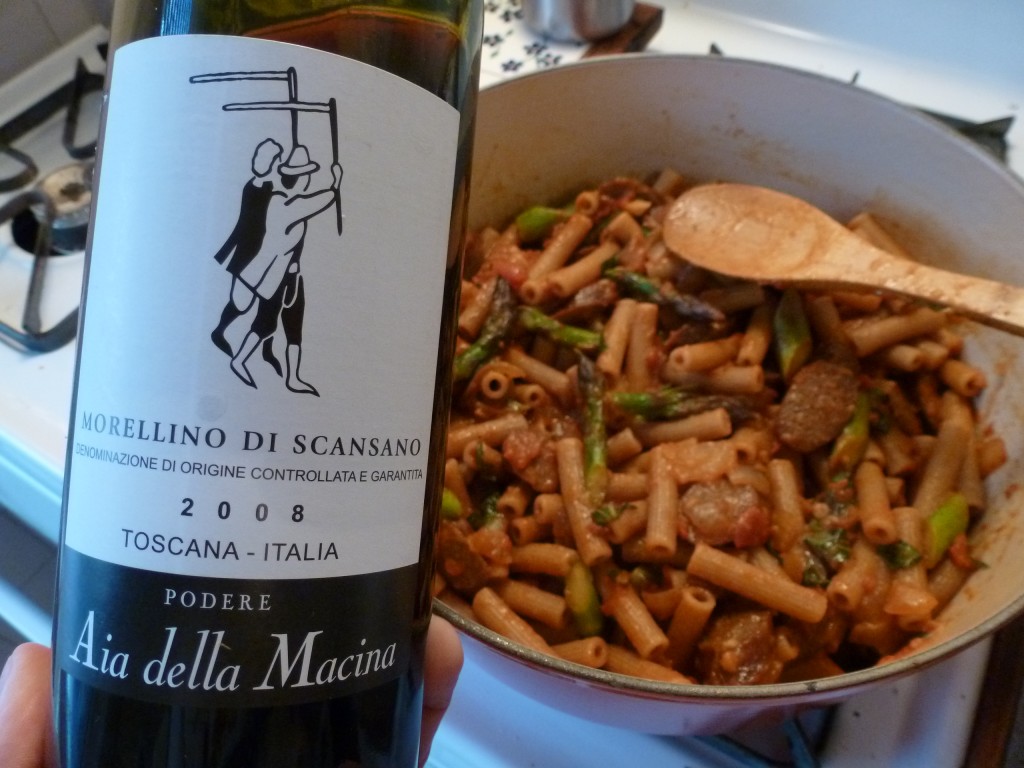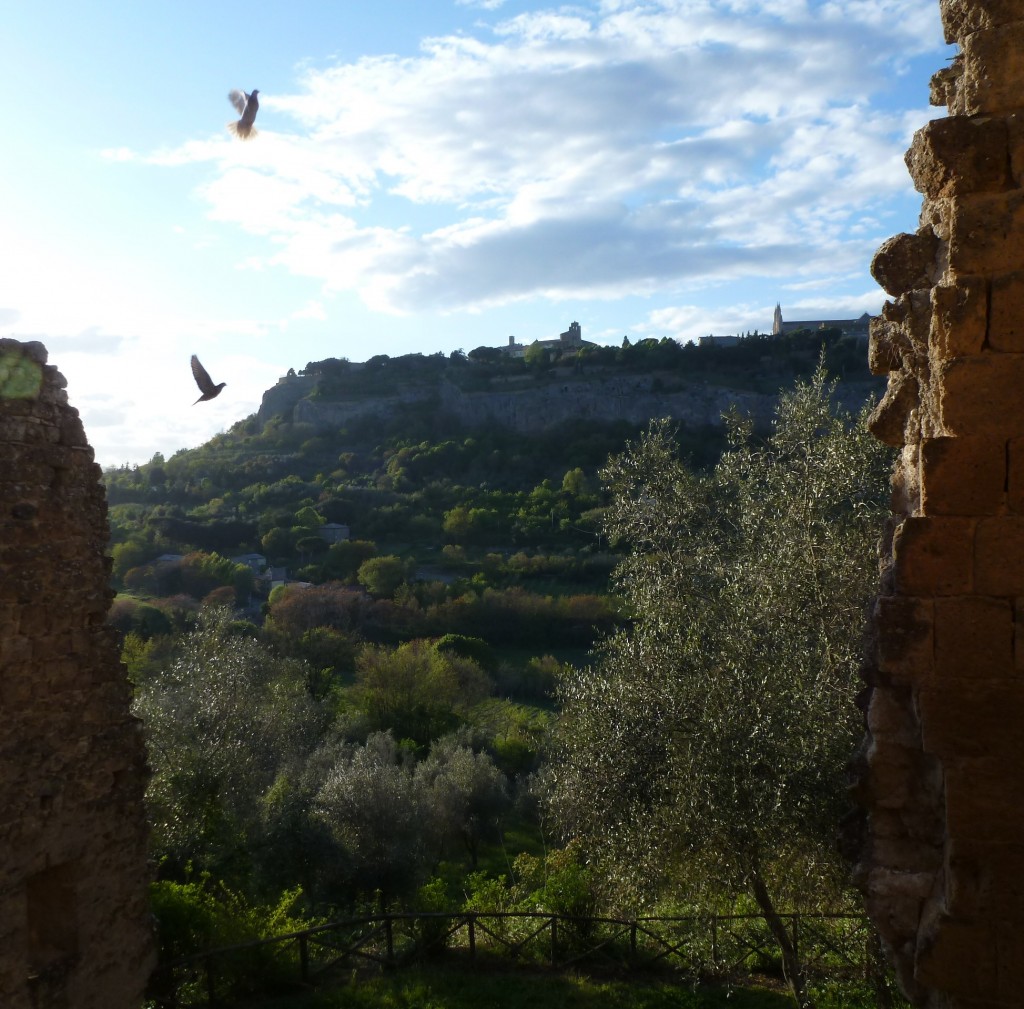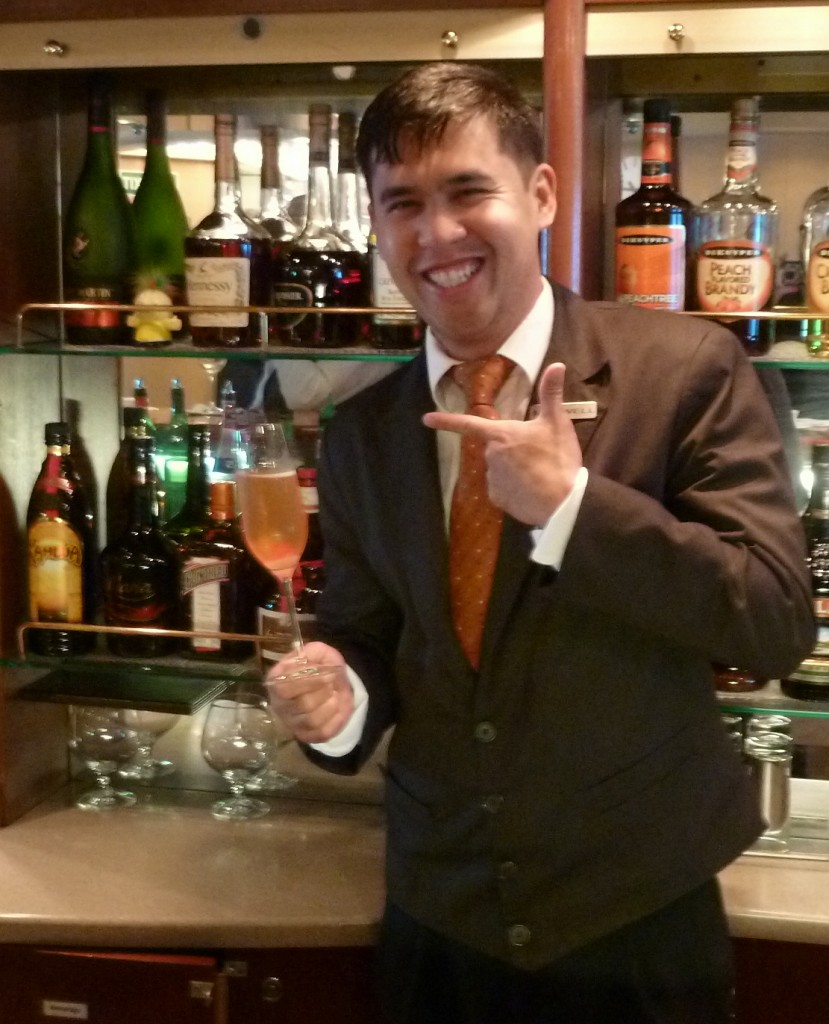From The Formerly Malarial Side Of Tuscany
 Until relatively recently, Italy’s Maremma region was better known for poverty and malarial swamps than fine wine. Mussolini drained the swamps, solving the malaria problem, but the region didn’t achieve much viticultural fame until the 1970s, when Sassicaia hit the scene (now it’s one of Italy’s most well-known and expensive wines).
Until relatively recently, Italy’s Maremma region was better known for poverty and malarial swamps than fine wine. Mussolini drained the swamps, solving the malaria problem, but the region didn’t achieve much viticultural fame until the 1970s, when Sassicaia hit the scene (now it’s one of Italy’s most well-known and expensive wines).
One little region rose above the swamps, however, allowing vineyards to be cultivated well before Mussolini intervened. Morellino di Scansano had a fine reputation at least as far back as the 19th century, according to The Oxford Companion to Wine. Nowadays the area has achieved DOCG status, a significant vote of confidence for its wines.
On hillsides near the sea, vineyards planted with Morellino (the local synonym for Sangiovese) flourish in “balmy conditions,” notes The World Atlas of Wine, and “a host of outsiders” such as Antinori and Frescobaldi have invested in wineries here. But Maremma didn’t quite turn out to be the next Chianti, and the lack of pedigree along with the economic downturns in the last decade “left many a producer with a large hole in their bank account,” according to the Companion. That has left consumers with some “interesting bargains” on their hands.
And goodness knows I love a good bargain. I wish I could claim to have known about the value proposition of Morellino di Scansano before I purchased a bottle of it at Urban Orchard, but no. I bought the wine because I’d never heard of Morellino di Scansano before, and because it was only $15. That’s a buck or two more than I usually like to spend on an unknown, but hey, it was DOCG, and there were two creepy-looking peasants with scythes on the label. How could I resist?







